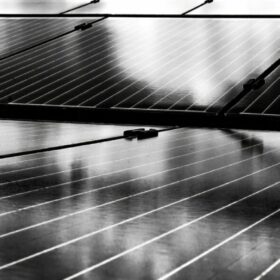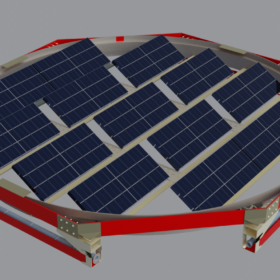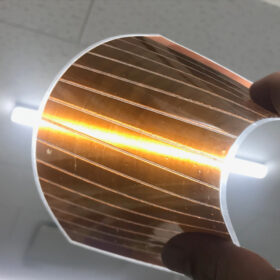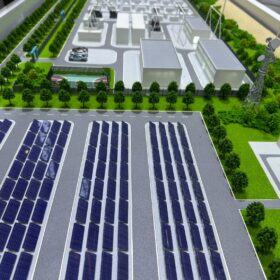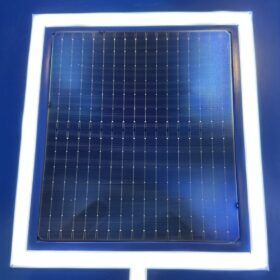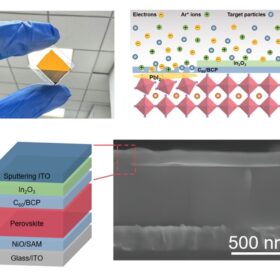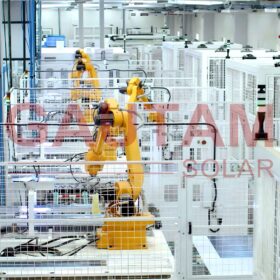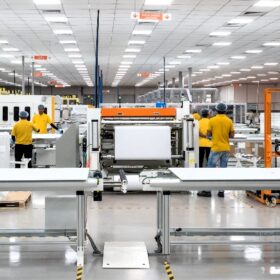Bifacial perovskite solar can achieve bifaciality of 90% when tilted at 20 degrees
IIT Bombay researchers have shown that bifacial perovskite solar cells can achieve a 2% higher power conversion efficiency with a tilt angle of 20 degrees. They also developed a bifacial perovskite solar cell for applications in both tandem or single-junction PV devices.
Nexwafe claims 24.4% efficiency for heterojunction solar cell built with its ultrathin wafers
The German wafer manufacturer said the efficiency was achieved with an unspecified M6 HJT commercial production line, without specifying if the result was certified by an independent third party.
Combining floating PV with compressed air energy storage
Researchers from Egypt and the UK developed a new floating PV system concept that utilizes compressed air for energy storage. The system has a roundtrip efficiency of 34.1% and an exergy efficiency of 41%.
Hungary deploys 1.3 GW of solar in January-October period
Hungary installed 1.3 GW of solar between January and October, bringing its cumulative PV capacity to 7.3 GW by the end of October, according to new government data.
Japan aims to deploy 20 GW of perovskite solar by 2040
The Japanese government says it expects perovskite solar modules to be produced in large quantities at JPY 20 ($0.13)/W by 2025, JPY 14/W by 2030, and JPY 10/W by 2040.
LCOE not correct optimization parameter of solar PV plants, say researchers
New research from Italy shows the importance of considering power plant dispatchability in PV project planning. The scientists claim assessing a project’s levelized cost of energy could be misleading, especially with variable and sometimes negative electricity prices.
Japan’s 22nd solar auction concludes with lowest bid of $0.049/kWh
Japan has allocated 56.4 MW of PV capacity in its latest procurement exercise. The lowest bid came in at JPY 7.5 ($0.049)/kWh, while the average final price was JPY 8.17/kWh.
All solar cell efficiencies at a glance – updated
The research group led by Professor Martin Green has published Version 65 of the solar cell efficiency tables. There are 17 new results reported in the new version.
Perovskite-silicon tandem solar cell based on indium oxide buffer layer achieves 30.04% efficiency
Researchers in China have fabricated a perovskite-silicon tandem solar cell that utilizes an indium oxide sputtering buffer layer to protect the perovskite absorber and the electron transport layer from potential damages arising from the electrode deposition process. The new layer not only ensured this protection but also showed strong optical and electrical properties.
Looming Trump tariffs drive rush on US imports, push shipping costs higher
Freight costs are rising as businesses rush to import goods ahead of higher tariffs promised by US President-elect Donald Trump on Chinese and European products.

